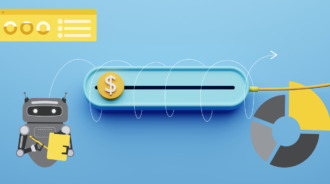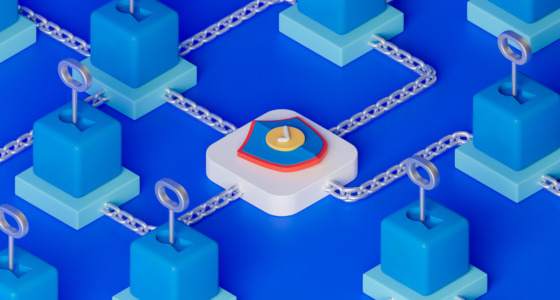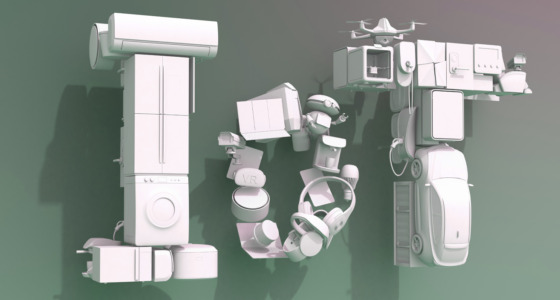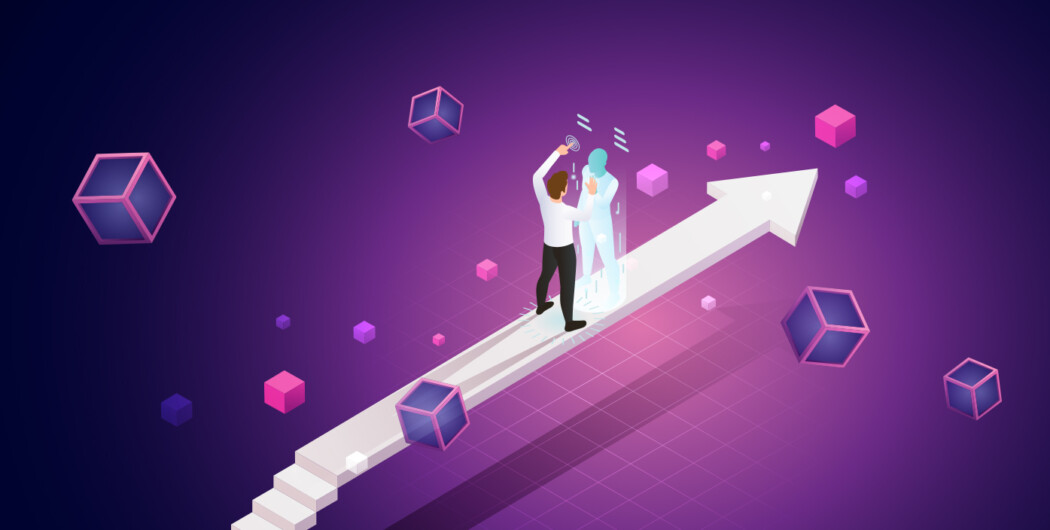

There have been many transformative technologies throughout history, each of which has had a significant impact on the world. You probably haven’t realized that Post-It Notes, Rubik’s Cubes, and push-through can tops haven’t been invented until the seventies. And now, it’s hard to imagine the world without them.
Up to this day, with advances in science and engineering, new technologies are being developed all the time. But because technology can disrupt industries in both positive and negative ways, people (and investors, in particular) are worried about some of them.
3D printing
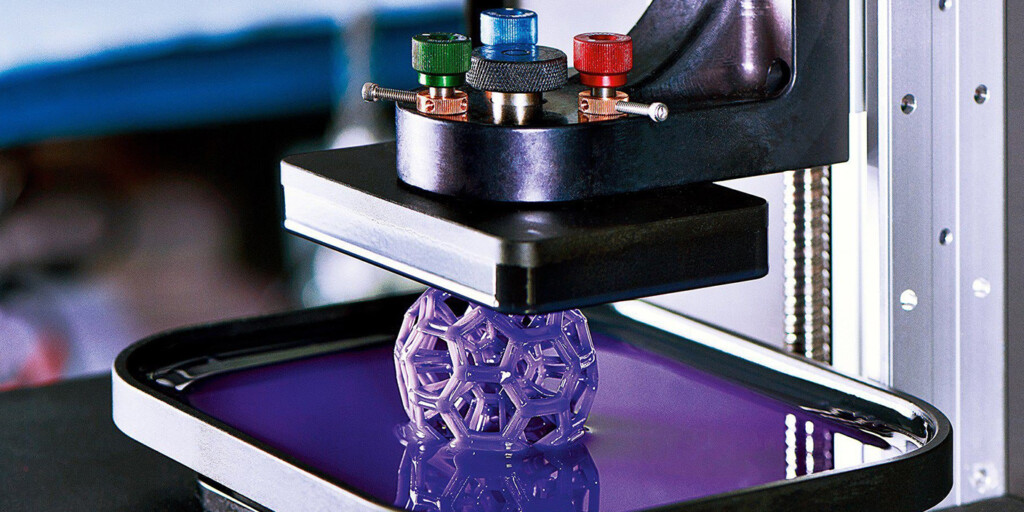
“3D printing… appears poised to bring about a global trade rebalancing,” National Journal’s Ben Schreckinger wrote.
3D printing allows for the creation of complex geometries and customized products without the need for expensive molds or tooling. This means that small businesses and individuals can now produce goods at a fraction of the cost and time of traditional manufacturing methods.
These factors can make it difficult for traditional manufacturers to compete with the speed, cost, and flexibility of 3D printing, potentially leading to the disruption of traditional manufacturing industries. Hence, some investors are getting nervous about their health.
Smart cities
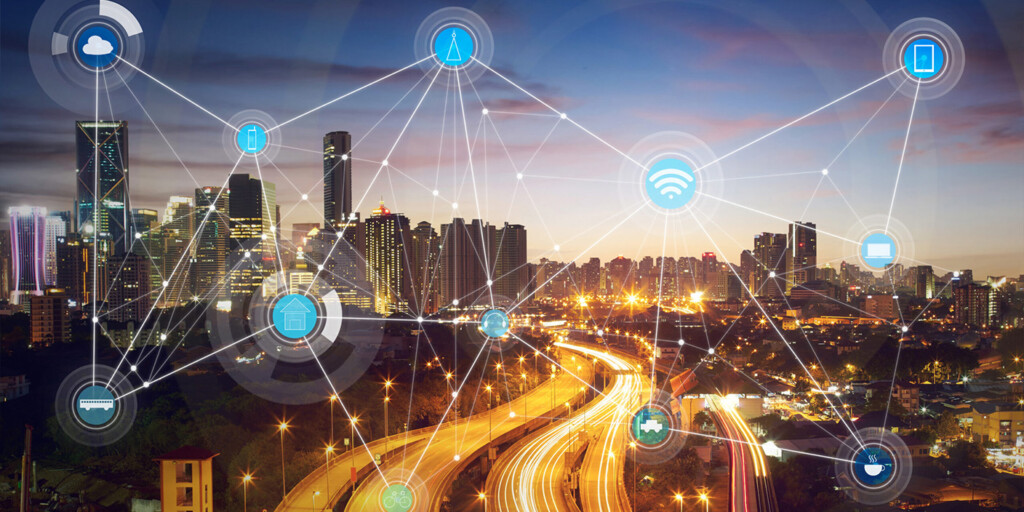
Smart cities can disrupt traditional industries in several ways. For example, the use of IoT and automation can reduce the need for manual labor in industries such as transportation and energy. Additionally, the use of data analytics can lead to more efficient and cost-effective city services, potentially reducing the need for traditional service providers.
Another example is the case of the parking industry. The smart cities concept can integrate smart parking solutions, which can reduce the need for traditional parking attendants.
That said, smart cities can also enable the development of new industries, such as data analytics and smart building construction.
Superapps

“The sheer idea of a corporation attempting to retain a consumer in its environment via a super app for the majority of amenities they demand raises the risk of monopolization.”
Superapps can reduce the need for users to download and use multiple apps for different services, which can lead to a decrease in the number of app downloads and in-app purchases. This can make it difficult for traditional app developers to monetize their apps and generate revenue.
Additionally, superapps can reduce the need for app developers to create and maintain multiple apps for different services, which can lead to a decrease in the number of app development projects.

Low-code/no-code
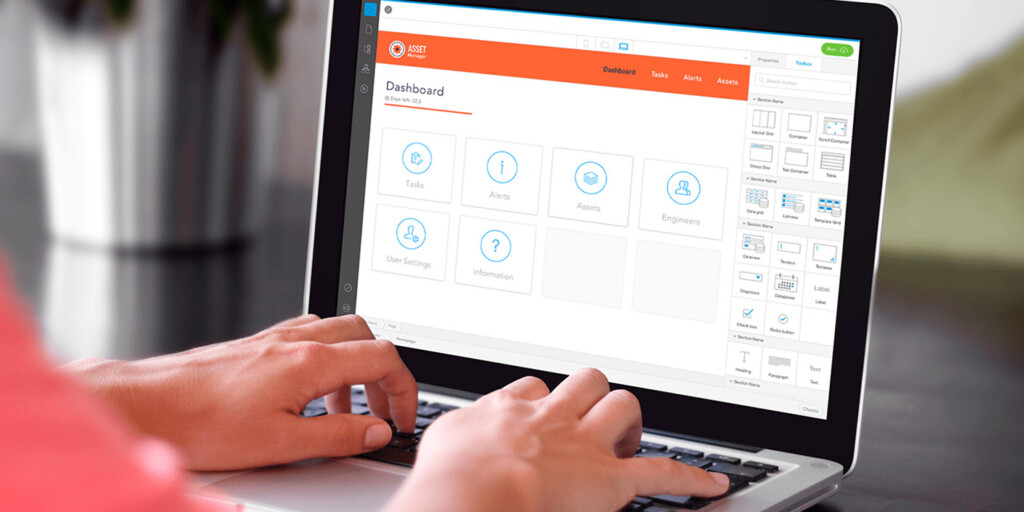
Low-code/no-code platforms are considered disruptive technology because they have the potential to change the way applications are developed and reduce the need for traditional web development.
Other factors to keep in mind:
- They can make it easier for non-technical users to create and customize applications without the need for professional web developers. This can lead to a decrease in demand for traditional web development services.
- They can also reduce the cost associated with web development projects. This can make it difficult for traditional web development companies to compete on price.
- They can also increase the speed of development. This can lead to a decrease in the number of web development projects and in the number of developers needed to work on them.
Digital health

Digital health can hurt traditional health services in several ways:
- Increase access to healthcare for patients in remote or underserved areas. This can make it difficult for traditional healthcare providers to compete in those areas.
- Reduce the need for in-person visits and make traditional healthcare services less relevant.
- Increase the efficiency of healthcare delivery, which can lead to a decrease in demand for traditional healthcare services.
- Enable new models of care, such as virtual primary care, which can lead to a decrease in demand for traditional primary care services.
Ultimately, innovation is a natural part of progress. While some industries may be disrupted by new technologies, others will be created, leading to new opportunities and growth.
Sources:
Balancing the benefits with the risks of emerging technology, TechTarget
The impact of disruptive technologies on jobs and skills, University of California
